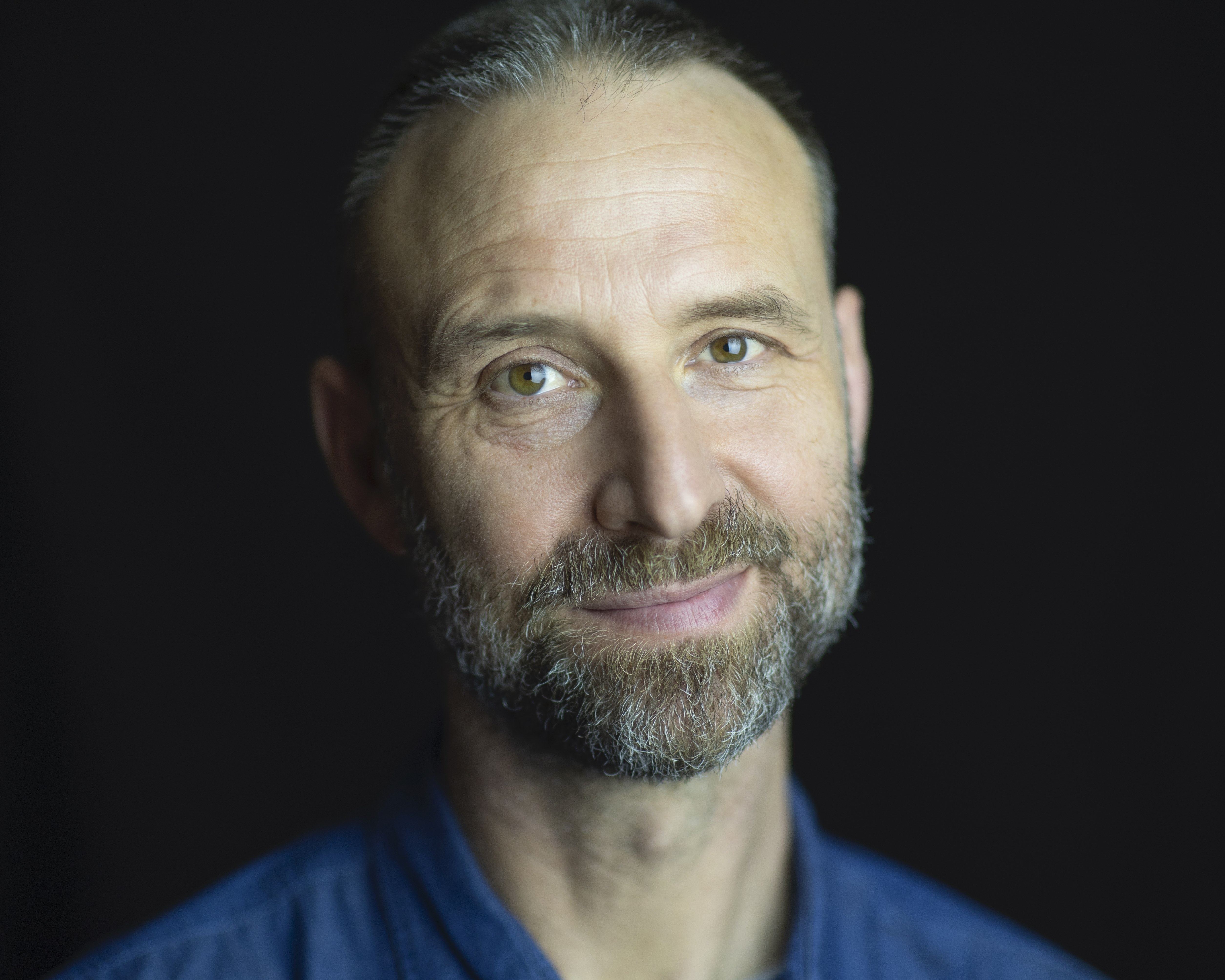Humans are born wired for connection – it’s in our DNA, as strong a need as food, water and warmth. And if you look at a newborn baby, that makes sense. Unless babies successfully attach to their mother, they won’t be able to survive – human infants are born completely helpless, so we are entirely reliant on our caregivers. A loving, secure relationship is literally a matter of life and death for babies.
So in our brains is an ‘attachment system’, which gives us a magnetic attraction to others – (usually) first mum, then dad, siblings, grandparents, aunts and uncles, school friends, teachers, adult friends, colleagues, mentors and later romantic partners and our own family, when the whole cycle starts over again. Jeffrey Young, the founder of schema therapy, understood this need for attachment – that’s why it is one of the core developmental needs he identified in all children (along with the need for safety and protection; to be able to express our feelings and emotions; spontaneity and play; and boundaries/being taught right from wrong).
Another psychotherapy pioneer to understand this fundamental need was psychoanalyst John Bowlby, often called the ‘father’ of attachment theory. Bowlby realised that all children (and adults) need a secure attachment to their caregivers, especially mum. If we are lucky enough to develop this secure attachment in infancy, this ‘attachment style’ will remain constant throughout our lifetime and help us form strong, stable, loving relationships with friends, romantic partners and then our own children.
Strengthening your connections
Most of the people I see for schema therapy were not so lucky. For various reasons, their attachments were not secure as children, so they have all sorts of problems in relationships now. Perhaps they struggle to commit, or dive in too quickly and deeply (especially if they are a Highly Sensitive Person – read about them here). They may avoid relationships altogether, because they are just too painful. But, as I always tell my clients, although these patterns are firmly established in our brains, they are not set or fixed in any way. Our brains are always changing, throughout our lifetime (because of neuroplasticity). This remarkable discovery means that we can learn to attach more securely and so learn to love, to trust, to allow others into our lives.
This is one of the most moving and beautiful aspects of therapy – seeing people learn to deepen and strengthen their connections, first with me, then family, friends and later a romantic partner, even if this seems like an Everest-sized obstacle at the beginning of our work! However daunting it seems, remember that you are never too old and it is never too late to let love blossom. We are born ready to love – it’s just the painful experiences we have when young that throw us off the path toward fulfilling relationships. All you have to do – with help, guidance and support – is step back on to the path…
Warm wishes,
Dan
Originally published at www.danroberts.com

